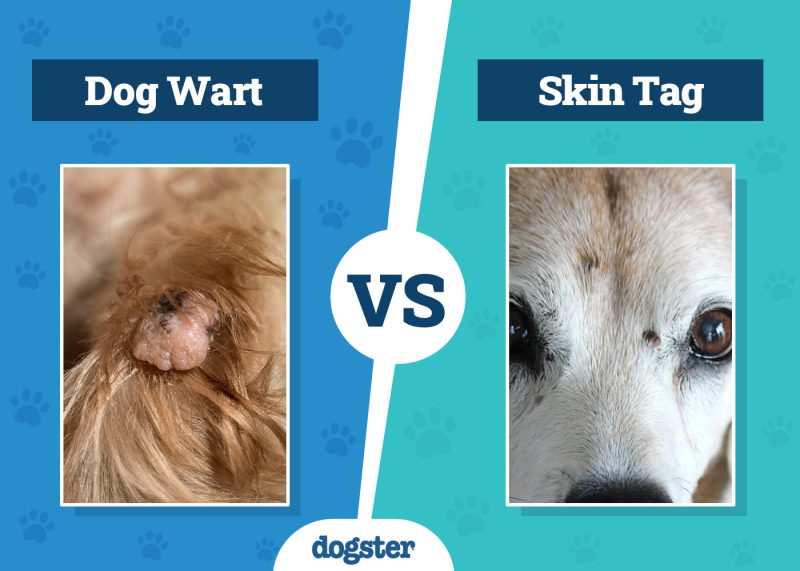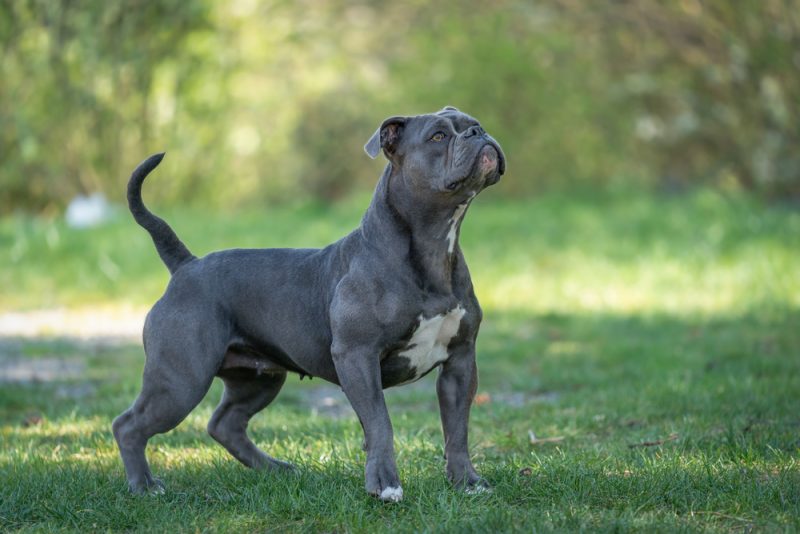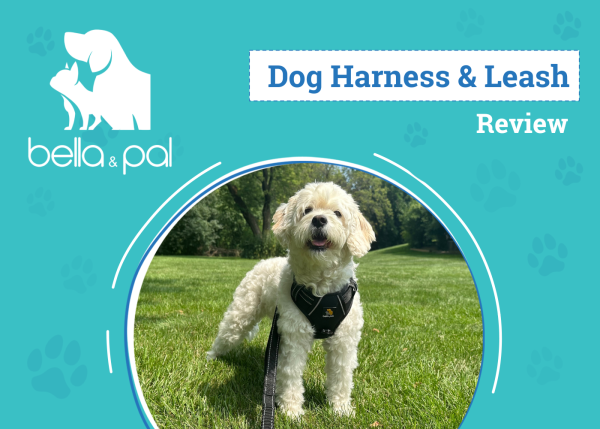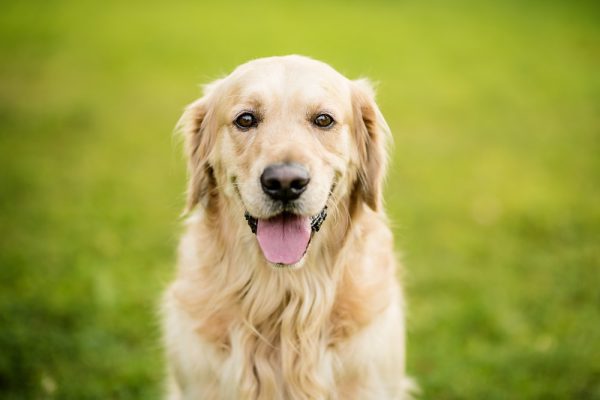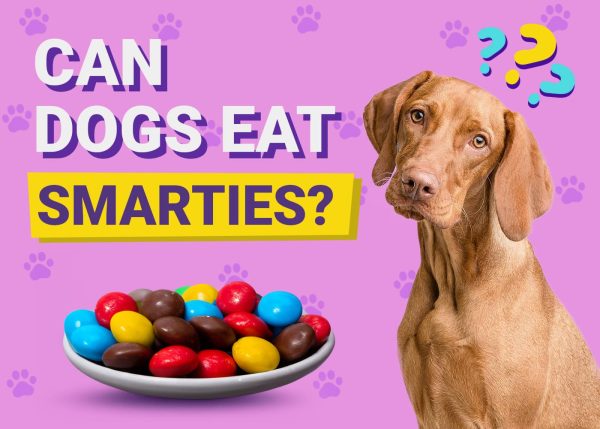In this article
A group of crows is a murder, a group of cats is a clowder, and while dogs are known collectively as a pack, does that necessarily mean that they are pack animals? The answer depends very much on what is meant by being in a pack, and what that implies about the social structure and behavior of dogs.
When we hear the term ‘wolf pack,’ we often think about alphas, dominance hierarchies, and coordinated hunting teams. However, the way we view wolf group dynamics has evolved over time, redefining what we thought we knew about pack behavior, which in turn has altered how we view our roles and relationships with dogs.
So, although we can say that yes, dogs are pack animals, what we should be asking is what does that really mean?
Keep reading as we explore how our understanding of wolf pack dynamics has changed, and how that applies to our understanding of dog behavior.

The Wolf Pack
In the past, wolf packs have often been misunderstood and mislabeled as following a dominant hierarchy: a clear Alpha dog or breeding pair at the top, with the implication that the rest of the pack fell into subsequent levels of dominance and submission.
What this rather outdated view of wolf pack behavior fails to take into account is the complexities that actually exist within these canine familial groups, and that their relationships are far from being linear.
What wolf behaviorists have found is that under the leadership of an alpha breeding pair (in larger packs, there may be more than one), there are several roles played by different individuals, and although there is an amount of dominance/submission within the pack, the group tends to operate on a more cohesive basis. Some have theorized that each wolf is born with their future role already genetically predetermined, while others feel that there is more flexibility, enabling individuals to fill the roles that are needed.

Dogs Are Not Wolves
One important—and rather obvious—distinction we need to make is that domestic dogs are not wolves. Over several millennia, dogs have evolved behaviorally, morphologically, and physiologically to adapt to a life lived alongside humans. While they share many common features with their wolf ancestors, they are no longer the same animal.
In the wild, the wolf (Canis lupus) forms packs to maximize their survival and success, achieving safety in numbers and ensuring that the fittest individuals are the ones that contribute genetic material to future generations. As a pet, the domestic dog (Canis lupus familiaris) no longer needs the protection of a canine group, doesn’t have to hunt or forage for food, and is largely prevented from breeding. Many dogs still live in groups, and it is often possible to recognize different pack roles within those groups, but in most cases, the role of the alpha is filled by the human owner. Additionally, despite being a social creature, dogs that live without canine company are believed to be content without a canine pack, provided their lives are enriched in other ways.

Do Dogs See Us As Their Pack?
It’s a little more complex than that, but in a way, yes. They know we aren’t dogs, and we don’t interact with them in the way that dogs interact with each other, but they still form strong bonds with their human family. By appreciating the different roles and relationships that form in a dog or wolf pack, we can better understand our dogs’ behavior and how we can improve our interactions with them.
In any canine group, whether that be a group of two or twenty, there must be a leader. Without one, there is stress, anxiety, and chaos. Some dogs are genetically predisposed to taking on an alpha role, and these are the ones that owners will have dominance issues with. Unless we take on a clear leadership role from the beginning, those dogs are highly likely to take it on themselves, which leads to frustration and conflict when we suddenly try to give orders.
Then there are those dogs that aren’t born with that alpha instinct. They are often more obedient and easily trained, but without leadership, they can become anxious, unfocused, withdrawn, or chaotic.

Dominance vs. Leadership
While it is important that your dog learns very early on that humans are leaders, this does not necessarily mean that we need to dominate our pets. Within a pack, you rarely see the alpha wolves showing aggression or violence toward pack members; they don’t need to. Pups are disciplined with a scary bark or sharp nip when they are young, establishing the rules. The mistake that many humans make is that we struggle to use a similar approach when it comes to teaching our adorable little puppies.
Reward-based training and positive reinforcement are the keys to a successful canine education, but we still need to use loud, sharp ‘barks’ when our lovable pups are being naughty or doing something dangerous or unacceptable for an adult dog. We don’t need to use physical force. It’s amazing what a loud clap and a “No!” bark can do to establish yourself as boss.
Pack Dynamics and You
Another aspect of dog training that is essential for positive outcomes and good relationships is consistency. This is partly to do with being a consistent leader, but also in terms of what we ask and expect of our dogs. If you pay attention, you will usually be able to work out if your dog is a natural guard, nanny, joker, or hunter. Rather than fighting against these sorts of instincts, you can use them to your advantage. If your dog has a high prey drive, find ways to channel this behavior into play and rewards. If they are a natural comedian, make sure you set aside lots of time for games and ensure there are interactive toys to keep them busy. Working with their nature rather than against it will lead to a much happier pup and a much happier you.

How Do I Introduce a New Dog To My ‘Pack’?
In the wild, new dogs or wolves will occasionally join a new pack. This is most often males that have reached sexual maturity and are looking for a chance to breed, or if packs have become overcrowded. If a newcomer challenges the alpha and fails, they may choose to take a path of solitude. However, even when a new member is accepted, there is almost always some level of conflict to help establish some dominance and work out where everyone will fit in.
A similar principle can be applied to bringing a new dog into your home when you already have another dog(s). There may be some conflict at first, but a lot of the time it is just noise and posturing. Pups are often disciplined, and provided they are not in danger, you should allow this to play out. With adults, you are more likely to encounter a lot of friction or fighting when introducing males to males, or females to females, particularly if any are not neutered/spayed. In some cases, once they have gotten through some initial tussling, they will figure out who fits in where. But, just like when a dominant dog tries to enter a pack, there are some relationships that will not work, which is something to be mindful of.
The key is to stay close enough to intervene if needed, but as much as possible, allow dogs to meet and interact naturally. Interrupting minor arguments will only delay the process.

What About Stray and Feral Dogs?
Domestic dogs that have been abandoned or have strayed are more likely to be solitary or join with one or two other dogs; they don’t tend to form packs, despite what Disney might have you believe. With truly feral dogs, who are domesticated dogs that have been living wild for more than one generation, packs are more likely to form because there will be familial groups. Essentially, dog packs are more like a gathering with extended family, plus a few ‘in-laws’ and friends roped in. When an unfamiliar dog tries to join a pack, fighting tends to occur. This may be because the new dog wants to challenge the alphas, or simply to establish where they may fit into the group.

Conclusion
Dogs are pack animals. They are social, feel happier and more secure as part of a group, and have certain roles and relationships when in a pack setting. However, our domesticated pets do not have as strict pack mentality as their wild relatives. In a way, our dogs see us as their family or pack, but that doesn’t mean they see us as being canine. As dogs have been domesticated, so has their need to live in such a structured society, but some elements of pack behavior remain and need to be considered.
The most important aspect of pack life that we need to maintain is providing our dogs with a clear leader. Without this, they are left feeling stressed and anxious or may try to assume the role themselves. Recognizing the type of role our dog would have in a pack can be extremely helpful in understanding their behavior and motivations, making training and play more rewarding.
We shouldn’t treat dogs as humans, nor should we allow them to treat us as dogs, but we can learn to understand them better, and in doing so, help them to understand us. When we are clear and consistent leaders, our dogs return the favor by being loving and loyal members of our family…or pack!
Featured Image Credit: otsphoto, Shutterstock








